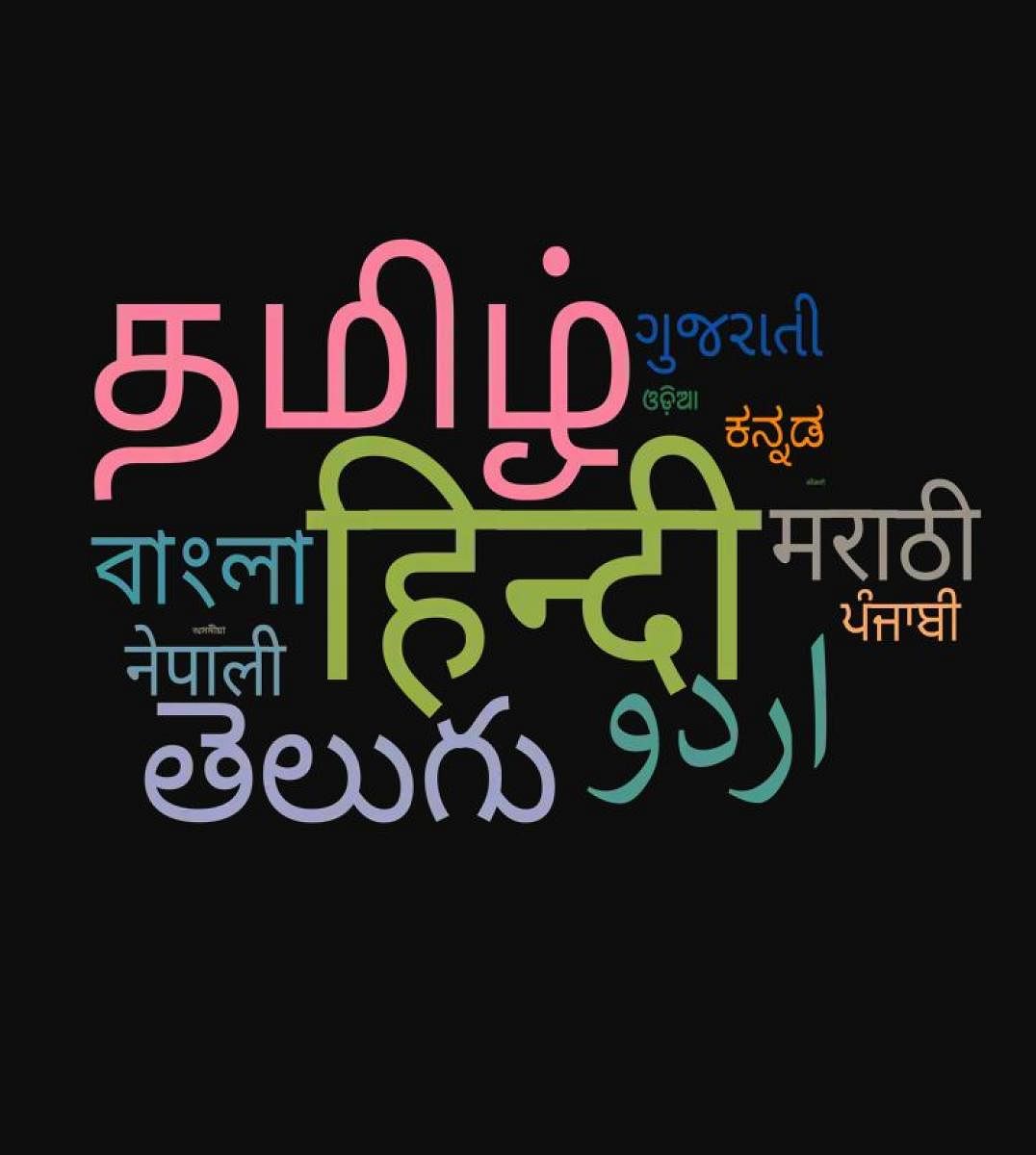Ever since the draft National Education Policy, 2019, was released on May 31, we have read many comments in the media by erudite scholars. What has been discussed is the framework and the structure of the policy, but not its spirit.
Educators with great experience, some of whom I know personally, have crafted this policy. It is sad that some regions have objected to the introduction of Hindi as the third language in schools and have not appreciated the entire plot to develop a contemporary education system that will concentrate on 21st century skills. It is even sadder that the HRD ministry quickly backtracked and took a safe position by saying that this policy is just a draft. The draft will now be open to political interventions.
Maulana Azad, India’s first education minister, had in 1947 envisaged a uniform education system throughout the country under strict control of the Centre. The objective of the first document on education was the same as the objective of the New Education Policy, 2019. It was to create accessibility, affordability, equity and quality. The only addition this year has been the accountability factor.
The Jawaharlal Nehru government sponsored the development of high-quality scientific education institutions such as the IITs. Then came the Kothari Commission (1964–66) to develop proposals to modernise India’s education system. The NEP 2019 has referred to many clauses in the Kothari Commission report because that has laid the foundation of our country’s education policy.
The NEP, 1968, talked of equal education in order to achieve national integration and greater cultural and economic development. It was then that the ‘three-language formula’ was introduced. It gave as much importance to the official language of the state, the official language of the country, Hindi, and the instructional language for business and higher education, English. It was understood as early as the sixties that language education is essential to bridge the gap between the intelligentsia and the masses. So, there is no point blaming the BJP government for introducing the three-language policy.
If the states want national recognition and integration, then giving the students all the languages that helps them learn well and connect equally to the national and the global should be their priority. This should not take on any political hue.
Having said that, I disagree with the NEP 2019’s observation that “English has not become the international language that it was expected to become back in the 1960s”. Without taking away the importance of studying our own rich traditional languages, we cannot deny that English is actually gaining more importance. Why else would China, which spends $700 billion annually on education, begin to allocate more money to promote English education?
Chinese companies like VIPKid and Magic Ears have become enormously profitable just by hiring English teachers from the US (more than 60,000 teachers a year) and running online English classes that impact millions. And all this is to just promote trade and commerce and employability. Beijing has realised that for countries like India and China, the real challenge is people, not commerce.
The NEP 2019 addresses remarkably well that the purpose of education is to prepare students for living as well as for life. For the first time, we have a policy that recognises that education should be integrated and there should not be any hard separation between subjects and domains of the Science and the Arts.
For the first time, we have a policy that has given importance to physical education and the reduction of curricular burden. It has been astute in its research on why poor children drop out of school and has recommended both breakfast and mid-day meals in schools. It has also recommended school transportation. It has proposed an interesting National Tutors Program, which is to get senior students to help slower kids to catch up. For the first time, this policy actually addresses remedial teaching and the establishment of ‘foundational literacy’, which pays more attention to output rather than input.
The proposal to restructure school curriculum and pedagogy is well thought through and very doable. The design is of 5+3+3+4, which is five years of foundational stage (pre-primary, grade 1 and 2), three years of preparatory (grade 3, 4 and 5), three years of middle stage (grade 6, 7 and 8) and four years of high stage (grade 9, 10, 11 and 12).
The authors of NEP 2019 have faced some of the challenges in education head on — challenges that have not allowed the earlier education policies of 1986 and 1992 to see fruition of the vision. It is the problem of implementation. This 2019 policy seeks to address corruption at the grassroots and at the decision-making levels and has recommended how governance can be increased.
It also admits that teachers play a significant role in raising the quality of learning and yet “there are severe shortcomings and suboptimal practices in the deployment of teachers.” I’m however disappointed that while the policy has discussed at length the skills and training that the teachers will be exposed to, not much attention has been given to teaching them social skills and personal growth. Only that, and not oodles of leadership training, will stop education officers humiliating the teachers in front of their students and the teachers humiliating their students in front of the class.
It is our responsibility to transform our country by implementing an ambitious education plan that is progressive and inclusive. This is not the time to get caught in political battles over languages and risk paralysing the policy itself. Let us leave it to our children, and they will be happy to learn all the languages, so long as they do not have to sit for those onerous examinations!
(The writer is Founder-CEO, Parikrma Humanity Foundation)
